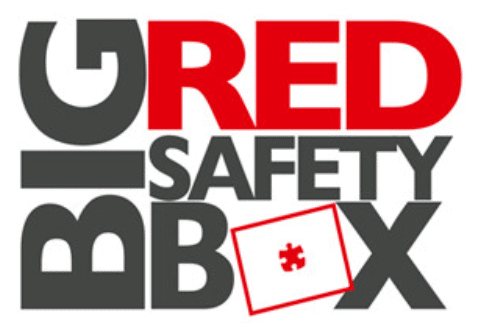Reviewed by: Elizabeth Callahan, BCaBA
Caldwell University
Wandering, also referred to as “elopement,” bolting, or running (i.e., “the child is a runner”) is a serious behavioral concern among both parents and professionals working with children with autism spectrum disorders. Several high profile cases involving children with autism have highlighted the dangerous and potentially fatal outcomes of wandering. This has been a focus of many of our Media watch letters including a letter to The Washington Times, January 29, 2014 and a letter to The New York Times, November 12, 2013. A recent survey (Anderson, et al., 2012) found that approximately 49% of children with autism have attempted to elope from a safe environment at least once after four years of age.
The National Autism Association (NAA) has developed the “Big Red Safety Toolkit” aimed at helping the parents and caregivers of individuals with autism to mitigate the likelihood of wandering. The toolkit includes the following:

- Caregiver Checklist
- Family Wandering Emergency Plan (FWEP)
- First-responder profile form.
- Swimming Lessons Tool
- Root-cause Scenario & Strategies Tool
- Stop Sign Prompts
- Sample Social Stories
- Caregiver Log
- Sample IEP Letter
- How to Get Tracking Technology In Your Town
- General Awareness Letter
- Five Affordable Safety Tools
- Caregiver Resources One-sheet resource
The Big Red Safety Toolkit can be obtained by simply searching the Internet, it can then be downloaded as a PDF document. There are wonderful resources, links to tools and services for parents contained in this free down downloadable toolkit. Also, it provides families with a number of helpful documents that are ready to be printed and completed. One of the strengths of the Big Red Safety Toolkit is that it addresses wandering behavior both at home and in the school, and provides parents with ways to ensure that the community and emergency workers are alerted to the specific risks.
Many of the tools included are preventative in nature, that is to say that they decrease the likelihood of a child from wandering through the use of safety tools (e.g., alarms) and prompts that would (hopefully) prevent an individual from leaving, given adequate teaching, (e.g., “Stop” signs). The toolkit also included additional safety measures to protect children with autism who may still wander and find themselves in dangerous situations.
Given that drowning is the leading cause of fatal outcomes of instances of wandering, the inclusion of Swimming Lessons Tools is critical in the overall picture of keeping children with autism safe. This resource is a list of suggestions about swimming lessons, including important considerations and a step-by-step guide regarding how to find appropriate swimming lessons. It also identifies specific and affordable tracking-technologies available to families in the event that preventative measures fail; these devices will hasten search missions. In addition, this list will help cut back on the amount of overall time that a family may spend researching such technology and allow them to focus on other aspects of creating a safe environment for their child.
Among the wonderful resources contained in the Big Red Safety Toolkit are those that will help families to create social stories and others that seek to help parents identify the root-causes of their child’s wandering (i.e., Root-cause Scenario & Strategies Tool). While some parents may feel comfortable creating and using these tools on their own, it may be helpful to enlist a professional such as a behavior analyst to assist the family. For instance, the Root-Cause and Strategies tool may be challenging for some families and additional support and guidance may be required to correctly identify the conditions under which the individual is likely to wander.
The NAA also has a “Big Red Safety Shop” that families can access through their website (http://goo.gl/MdIHQS) where additional items related to the Toolkit can be purchased, including alarms, visual aids, identification wristbands, and the Big Red Safety Box. The Big Red Safety Box costs $35.00 and includes not only the same free printables available in the Big Red Safety Toolkit but many of the items suggested for purchase within it, such as 2 door/window alarms with batteries, one RoadID personalized, engraved Shoe IDTag, 5 laminated adhesive stop sign visual prompts, 2 safety alert window clings and 1 red safety alert wristband.
The NAA has created an excellent usable toolkit for the families of individuals with autism who are prone to wandering behavior. When combined with close supervision and safety skills training programs this toolkit has many meaningful resources that will help to ensure the safety of children and adults in the autism community.
Reference
Anderson, C., Law, J. K., Daniels, A., Rice, C., Mandell, D. S., Hagopian, L., & Law, P. A. (2012). Occurrence and family impact of elopement in children with autism spectrum disorders. Pediatrics, 130(5), 870-877.
Citation for this article:
Callahan, E. (2014). Big red safety tool kit. Science in Autism Treatment, 11(3), 31-32.

